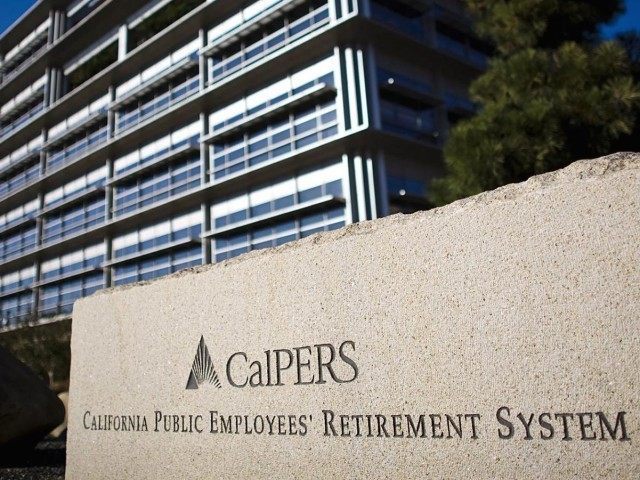The latest report from Stanford University’s “U.S. Pension Tracker” reveals that the 2016 California Public Employee Pension Plan liability is up 19.4 percent to $964.4 billion.
CalPERS pension debt on a per household basis jumped $15,048 to $92,748 for the fiscal year ending June 30, 2016. Despite the grim number, Alaska actually won this year’s booby prize for the largest public debt per household at $110,538.
Pension Tracker’s is led by Joe Nation, Ph.D. and a distinguished group of Stanford University faculty members, including Nobel Prize winner William F. Sharpe. The team compiles and analyze actuarial, budgetary, demographic, and other financial data necessary to calculate U.S. public pension plan liabilities for each state.
Pension Tracker’s analysis is especially illuminating, because the researchers calculate pension liabilities on a “market basis,” to understand how many dollars that taxpayers would need to invest in 20-year risk-free Treasury Bonds at today’s current yield to earn enough money to pay their pension debt; and on the “actuarial basis” guestimate used by state and local pension plans somehow to assume that they can earn each year by making higher-risk stock, bonds and derivative investments.
Market Basis: Pension Tracker estimates California’s public pension assets if invested in risk-free 20-year maturity Treasury Bonds yielding a fixed yield of 2.75 percent, equals $92,748 per U.S. household — or $24,362 for every man, woman, and child in California.
“Actuarial Basis: Pension Tracker” estimates the total debt if public pension plans earned the 7.5 percent they claim they can earn every-year-forever by taking market investment risks, would magically reduce the debt by 76 percent, to $22,210 per household and $7,255 for every man, woman, and child.
The problem with CalPERS “actuarial basis” calculation is that the nation’s largest public pension only made a 0.61 percent return in 2016 and just 2.4 percent in 2015. With the plan assuming that roughly 80 cents of every dollar paid out to retirees will come from stellar investment earnings, failing to make the 7.5 percent return means taxpayers will have to pony up to fund the shortfall.

COMMENTS
Please let us know if you're having issues with commenting.